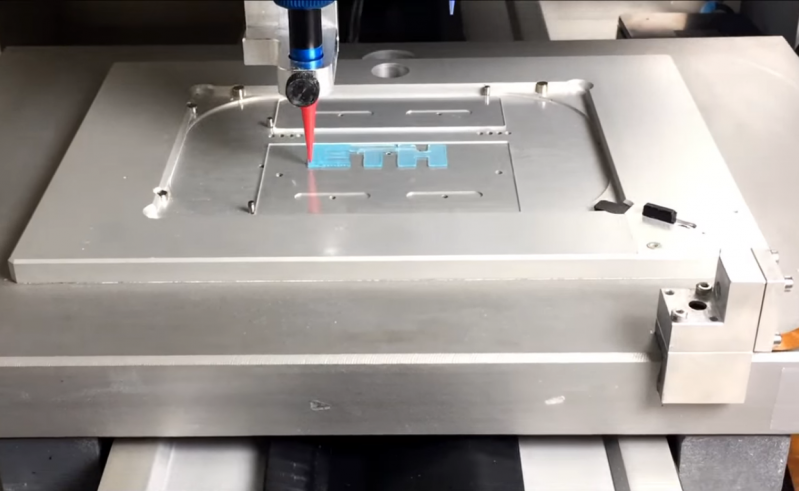3D Printing With Live Bacteria Could Detect Toxins in Drinking Water
Published on by Water Network Research, Official research team of The Water Network in Technology
ETH researchers have developed a biocompatible ink for 3D printing using living bacteria. This makes it possible to produce biological materials capable of breaking down toxic substances or producing high-purity cellulose for biomedical applications.
There will soon be nothing that cannot be produced with 3D printing. However, the materials used for this process are still “dead matter” such as plastics or metals.
A group of ETH researchers led by Professor André Studart, Head of the Laboratory for Complex Materials, has now introduced a new 3D printing platform that works using living matter. The researchers developed a bacteria-containing ink that makes it possible to print mini biochemical factories with certain properties, depending on which species of bacteria the scientists put in the ink.
Adding bacteria with desired properties
Studart’s group members and first authors Patrick Rühs and Manuel Schaffner used the bacteria Pseudomonas putida and Acetobacter xylinum in their work.
The former can break down the toxic chemical phenol, which is produced on a grand scale in the chemical industry, while the latter secretes high-purity nanocellulose.

Image: Printscreen from the video
Sensors for toxic substances and filters for oil spills
In addition to medical and biotechnology applications, the researchers envisage many other potential uses.
For example, objects of this kind can be used to study degradation processes or biofilm formation.
One practical application might be a bacteria-containing 3D-printed sensor that could detect toxins in drinking water.
Another idea would be to create bacteria-containing filters for use in disastrous oil spills.
First, it will be necessary to overcome the challenges of the slow printing time and difficult scalability. Acetobacter currently takes several days to produce cellulose for biomedical applications. However, the scientists are convinced that they can further optimise and accelerate the processes.
Source: ETH Zürich
Video source: ETH Zürich
Attached link
http://www.youtube.com/embed/W2piUVYukyAMedia
Taxonomy
- Microbiology
- Toxins
- Oil Spill Treatments